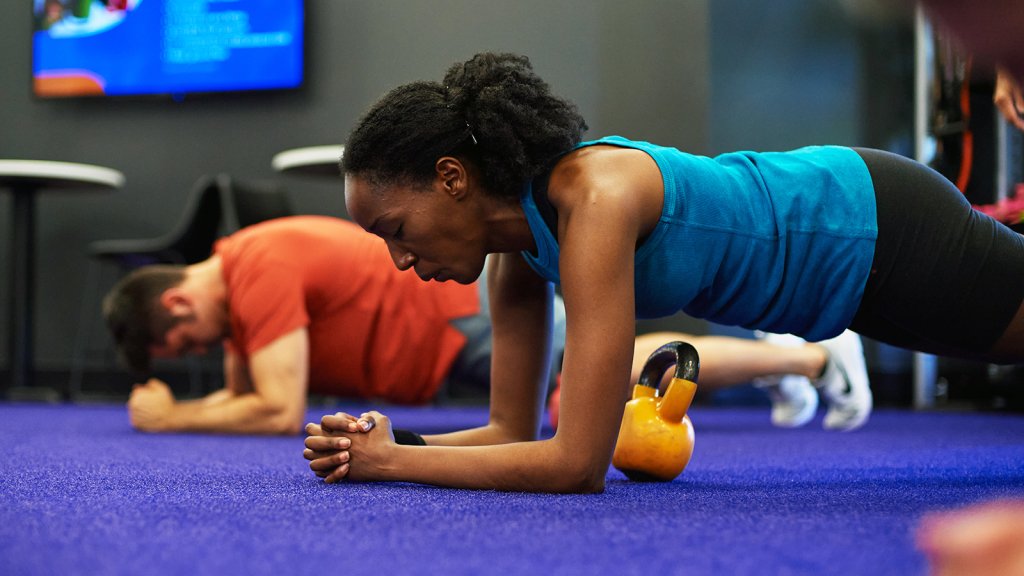How to Create an Effective Circuit Workout
Circuit training is a highly efficient form of exercise that combines strength training, cardiovascular work, and endurance training into a single workout. It involves performing a series of exercises, or “stations,” one after the other with minimal rest in between. Circuit workouts are popular because they can be tailored to different fitness levels, goals, and time constraints, making them versatile and accessible to a wide range of people. Here’s how to create an effective circuit workout that maximizes results.
Step 1: Define Your Fitness Goals
Before creating a circuit workout, it’s essential to identify your fitness goals. Are you aiming to build muscle, lose weight, improve cardiovascular fitness, or increase endurance? Your goals will influence the types of exercises you choose, the intensity of the workout, and the duration of each station.
- For muscle building: Focus on strength training exercises that target major muscle groups, using heavier weights with fewer repetitions.
- For weight loss: Incorporate a mix of strength training and high-intensity cardio exercises to maximize calorie burn.
- For cardiovascular fitness: Emphasize aerobic exercises with short rest periods to keep your heart rate elevated throughout the workout.
- For endurance: Include a variety of exercises with higher repetitions and longer circuit durations.
Step 2: Select Your Exercises
A well-rounded circuit workout should target all major muscle groups, including the upper body, lower body, and core. Depending on your goals, choose exercises that challenge different aspects of fitness. Here are some examples:
- Upper Body: Push-ups, dumbbell presses, bent-over rows, bicep curls, tricep dips.
- Lower Body: Squats, lunges, deadlifts, step-ups, calf raises.
- Core: Planks, Russian twists, mountain climbers, bicycle crunches, leg raises.
- Cardio: Jumping jacks, burpees, high knees, jump rope, sprints.
Choose 6-10 exercises that complement each other and work different muscle groups. For example, pair an upper-body exercise with a lower-body exercise to avoid fatiguing the same muscle group in consecutive stations.
Step 3: Determine the Structure of Your Circuit
The structure of your circuit workout will depend on the number of exercises, the duration of each station, and the rest periods between stations. Here are some common structures:
- Timed Circuit: Perform each exercise for a set amount of time (e.g., 30 seconds) followed by a short rest period (e.g., 15 seconds). Repeat the entire circuit multiple times, with longer rest periods between rounds.
- Repetition-Based Circuit: Complete a specific number of repetitions for each exercise (e.g., 15 reps) before moving on to the next station. Rest between exercises as needed and repeat the circuit for a set number of rounds.
- Pyramid Circuit: Start with a high number of repetitions for each exercise and gradually decrease the reps in each subsequent round (e.g., 15 reps, 12 reps, 10 reps). This structure can also be reversed, starting with low reps and increasing them.
- AMRAP (As Many Rounds As Possible): Set a timer for a fixed amount of time (e.g., 20 minutes) and complete as many rounds of the circuit as possible within that time frame. This is a great way to challenge your endurance and push your limits.
Step 4: Set the Intensity and Duration
The intensity and duration of your circuit workout will depend on your fitness level and goals. Here are some guidelines:
- Beginner: 20-30 seconds of work per exercise, followed by 20-30 seconds of rest. Complete 2-3 rounds of the circuit with 1-2 minutes of rest between rounds.
- Intermediate: 30-45 seconds of work per exercise, followed by 15-20 seconds of rest. Complete 3-4 rounds of the circuit with 1 minute of rest between rounds.
- Advanced: 45-60 seconds of work per exercise, followed by 10-15 seconds of rest. Complete 4-5 rounds of the circuit with minimal rest between rounds.
For overall fitness, aim for a workout duration of 20-30 minutes, including warm-up and cool-down periods. For more advanced goals, such as endurance training, the circuit can be extended to 45 minutes or more.
Step 5: Warm-Up and Cool-Down
Warming up before a circuit workout is crucial to prepare your body for the intensity of the exercises. A good warm-up should last 5-10 minutes and include dynamic movements that increase your heart rate, loosen your muscles, and improve joint mobility. Examples include jogging in place, arm circles, leg swings, and light cardio exercises like jumping jacks.
Similarly, cooling down after your workout helps to gradually lower your heart rate and prevent muscle stiffness. Spend 5-10 minutes doing static stretches, focusing on the muscles you worked during the circuit. Hold each stretch for 20-30 seconds and breathe deeply to promote relaxation.
Step 6: Progress and Modify
To continue seeing results from your circuit workouts, it’s essential to progress and modify your routine over time. Here are some ways to keep challenging your body:
- Increase Intensity: Add more resistance by using heavier weights, increasing the duration of each station, or reducing rest periods.
- Add Complexity: Incorporate more complex movements, such as compound exercises (e.g., squat to press) or plyometric exercises (e.g., jump squats).
- Change Exercises: Rotate new exercises into your circuit to target different muscle groups and prevent boredom.
- Increase Volume: Add more rounds to your circuit or extend the duration of the workout.
Listen to your body and make adjustments as needed. If you’re feeling fatigued or experiencing discomfort, scale back the intensity or take additional rest.
Step 7: Monitor Your Progress
Keep track of your performance during each circuit workout to monitor your progress. Record the number of rounds completed, the weights used, and any modifications made. This will help you stay motivated and provide valuable data to adjust your workouts as needed.
Conclusion
Creating an effective circuit workout involves careful planning and consideration of your fitness goals, exercise selection, and workout structure. By following above steps, you can design a circuit that challenges your body, improves your overall fitness, and keeps you engaged. Remember to progress gradually, listen to your body, and enjoy the variety and efficiency that circuit training offers. Whether you’re a beginner or an experienced athlete, circuit workouts can be an invaluable tool in your fitness journey.














Post Comment